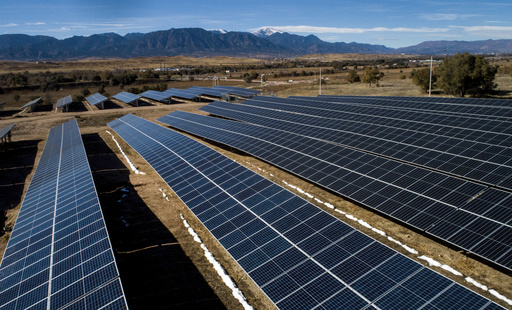
More sunlight may be shining on solar power companies like SolarEdge Technologies and Sunrun soon, as their stock prices have been impacted by high interest rates. Investors are optimistic that interest rates could start decreasing by September. The current high rates have made borrowing more costly and hindered financing for the residential solar sector, leading to growing backlog inventories for companies.
The expectation is that interest rate cuts will benefit consumers and businesses in various sectors, including home solar projects. Residential solar installations are often financed through loans or leasing agreements, necessitating financial stability for the solar companies themselves.
SolarEdge, a major manufacturer of rooftop panels and solar equipment, has seen a 76% decline in its stock value in 2024, while traditional energy companies like Exxon and Chevron have seen gains. The solar industry faces challenges in California, where rule changes have reduced the value of electricity generated by rooftop solar systems, highlighting its sensitivity to state policies.
The Solar Energy Industries Association anticipates a tough year for the residential solar market in 2024, with the first quarter of the year being the weakest in two years. SunPower, once a prominent player with a $10 billion market value, recently filed for bankruptcy, having experienced significant stock losses in 2023 and 2024.
SolarEdge Technologies announced plans to lay off 400 employees in July due to an inventory backlog, following news of a customer’s bankruptcy filing jeopardizing an $11.4 million debt repayment a month prior. While most of the sector is struggling, FirstSolar has seen growth due to subsidies obtained through the Inflation Reduction Act of 2022.
Initial projections for solar energy growth in 2024 were positive, with the Energy Information Administration forecasting a 75% increase in U.S. solar power generation by 2025. Solar and wind power are expected to drive growth in the broader U.S. power generation sector, with a decline forecasted in coal power generation while natural gas and nuclear power generation remain steady.
